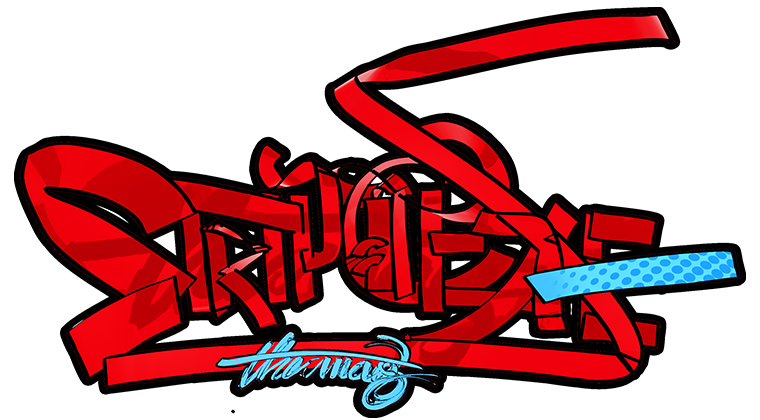Body Fear and Sexuality: Charles Burns’ Black Hole
 Given how much grist it has provided for the mill of popular culture, teenage angst deserves more a more nuanced, incisive rendering. Which is why a perceptive medium like a graphic novel, and one which is thrust into the capable hands of the deliciously sinister Charles Burns, stands out so brilliantly. Never before, nor arguably since, has any comic book series managed to so efficiently capture the terrors, anxieties and apprehensions of that most perplexing human phase: adolescence. Black Hole is a creep-fest which not only manages to portray sex in a manner horrifying enough to put you off it, it raises some very pertinent, unresolved questions about adolescence, loss of innocence, change and alienation.
Given how much grist it has provided for the mill of popular culture, teenage angst deserves more a more nuanced, incisive rendering. Which is why a perceptive medium like a graphic novel, and one which is thrust into the capable hands of the deliciously sinister Charles Burns, stands out so brilliantly. Never before, nor arguably since, has any comic book series managed to so efficiently capture the terrors, anxieties and apprehensions of that most perplexing human phase: adolescence. Black Hole is a creep-fest which not only manages to portray sex in a manner horrifying enough to put you off it, it raises some very pertinent, unresolved questions about adolescence, loss of innocence, change and alienation.
What starts out as a seemingly innocuous biology lab dissection quickly and with startling morbidity descends into a tale of Cronenbergian horror as sexual fears come alive in a tale of teenage hedonism. Set in the suburbs of Seattle in the 1970’s, this is a tale of a disease called “the bug” which spreads quickly among teenagers who engage in sexual activity. Raging hormones and the onset of existential angst has never made puberty easy in either pop culture or real life. Add to that a sick, revolting disease which literally leaves you looking like a freak (though not fatal, the disease produces varying degrees of monstrous deformities), and the sense of alienation is complete. While some break out in boils or lumps, other sheds their skin, while some even develop mouths which betray secrets on their necks. The alienation therefore is literally so, as in this case the band of affected teenagers move away from mainstream society to set up their own camp of grotesque, ignored freaks.

